Most noteworthy, turquoise varies in quality from Gem quality to low grade “chalk”.
-
First of all, gem quality turquoise is hard
-
Secondly, low grade turquoise is soft.
-
Finally, Turquoise is a hydrated phosphate of copper and aluminum and forms by the percolation of meteoric or groundwater through aluminous rock in the presence of copper. For this reason, people often associate turquoise with copper deposits as a secondary mineral. Most importantly, turquoise is most often from arid, semiarid or desert places.
In the same fashion, turquoise attains it’s color from the heavy metals in the ground where it forms.
-
Blue turquoise forms when there is copper present, which is the case with most Arizona turquoise.
-
Green turquoise forms when there is iron present, the case with most Nevada turquoise. Matrix is the host rock.
Most notably, Tucson Turquoise offers many varieties of turquoise jewelry, with an emphasis on American Southwest turquoise. Most noteworthy, the following is a list of turquoise varieties from the American Southwest, mainly mines in Nevada and Arizona. In addition, please note that even the “experts” are uncertain of the origin of some specimens. Remarkably, turquoise color, matrix, and density can vary greatly from a single turquoise mine site!
-
First of all, Royston is a district in Nevada consisting of three mines: Bunker Hill, Oscar Wehrend and the largest producer, Royal Blue. Not to mention, Royston turquoise ranges in colors from deep forest green to rich, light blues set off by a heavy, brown matrix. Equally important, the Royston district is still producing some turquoise of high quality.
- Stormy Mountain turquoise mine is in Elko County, northeastern Nevada. Likewise, Stormy Mountain produces hard, dark blue turquoise that includes a blotchy, black chart matrix similar to the Blue Diamond Turquoise mine.
-
Indian Mountain is one of the best known of the contemporary mines. Likewise, Indian Mountain mine is in Lander County, Nevada.
-
Pilot Mountain is in Esmeralda County, Nevada. Consequently, Pilot Mountain turquoise ranges in color from blue to green, with a dark brown, black or reddish matrix.
-
Turquoise Mountain and “Bird’s eye” turquoise come from the same mine in Northwestern Arizona near the Kingman mine, Mineral Park Mining District. Furthermore, the mine closes in the 1980’s. Equally important, Turquoise Mountain turquoise is light to high blue with both web and non-web matrix. Finally, “Bird’s eye” describes stones from this mine that show areas of light blue circled with dark blue matrix resembling the eye of a bird.
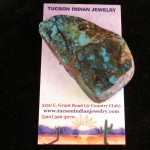
-
Cerrillos turquoise mine, between Santa Fe and Albuquerque, New Mexico, is one of the most famous prehistoric mining districts in the American Southwest. Cerrillos is the only turquoise that forms at the base of a volcano; thus, a variety of colors develop from the minerals in the various volcanic host rocks. You can find it in Seventy-five colors, from tan to khaki-green to rich, blue-green to bright, light colors. There are more than two hundred dig sites there and the largest and most famous sites are the Blue Bell, Castilian and Tiffany mines.
-
Red Mountain is in Lander County, Nevada. Consequently, the best Red Mountain turquoise rivals some of the high quality turquoise by the best mines in the Southwest. Red Mountain turquoise is intricate and often with red spider web matrix.
-
King’s Manassa turquoise is from a mine is in Manassa, Conejos County, Colorado. Additionally, Manassa turquoise has rich, brilliant greens and golden matrix. Not to mention, Blue and blue-green turquoise comes from these deposits as well.
-
Kingman mine is in Mohave County in western Arizona. Remarkably, the copper mining in the Mineral Park Mining District around Kingman produces a larger supply of turquoise throughout the years. Most notably, the matrix of most Kingman is naturally white but is usually has a black shoe polish.
-
Cripple Creek turquoise mine is in Teller County, Colorado and comes about when miners, looking for gold in the area, also found turquoise deposits. Notably, two separate mines are currently active in the area both under the Cripple Creek name.
-
Blue Gem turquoise is approximately 6 miles south of Battle Mountain, Nevada, within a large copper-mining operation. Again, Blue Gem is in almost every shade of green and blue from intense blues to deep green combinations with a hard, irregular matrix. Uniquely, of the multiple Nevada mines under the name of Blue Gem, the Battle Mountain Blue Gem mine, which begins production in 1934, yields the most valuable Blue Gem turquoise. In like manner, this is due to its rich color and hardness. Notably, this mine is no longer in operation.
-
Fox is one of Nevada’s most productive turquoise mines. As a result, the area produces a huge amount of good quality green or blue-green stone with a distinctive matrix.
-
Number 8 mine is in Calin, Nevada, and is at one time a gold and copper mining operation on the west side of the Tuscarora Mountain Range. Unbelievably, enormous nodules are found, including one that weighed 150 pounds! Most notably, Number 8 turquoise is famous for its black, golden-red and brown spider web matrix set off with the unique bright powder blue turquoise background. Finally, the mine is now depleted and Number 8 turquoise is extremely valuable.
-
Sleeping Beauty mine, near Globe, Arizona, produces a solid, light blue color with no matrix and is used in many styles of American Indian jewelry. Notably, it is a favorite of Zuni silversmiths. Ultimately, Sleeping Beauty is often in needlepoint, petite point and inlay jewelry because of its consistency in color and is easy to cut. Sometimes the mine owners add black media to Sleeping Beauty to add definition, as in this example.
-
Lone Mountain aka Blue Jay Mine turquoise mine, in Esmeralda County, Nevada, once produces a great variety of turquoise. Not to mention, it is usually in nodules and has some of the finest examples of spider web turquoise. Also, it is typically clear, deep-blue stones. Among “classic” American turquoise, only Lander Blue is more valuable.
-
Morenci turquoise is in southeastern Arizona, Greenlee County. As a matter of fact, it is high to light blue in color with an unusual matrix of irregular iron pyrite or “fool’s gold.” Ironically, when the “gold” polishes, it often looks like silver. The name comes from the large open pit Morenci copper mine where a great deal of turquoise from. The mine is no longer producing turquoise.
-
Lander Blue turquoise is from a mine in Lander County, Nevada and is first claimed in 1973. Moreover, it produces some of the most beautiful spider-web turquoise ever. Most noteworthy, it is the rarest and the most valuable turquoise. Remarkably, there is less than 110 pounds of this beautiful spider-web turquoise.
-
Bisbee turquoise is from the Lavender Pit copper mine that is no longer in operation. Consequently, Bisbee turquoise is famous for its deep blue color and smoky black matrix.
-
Stone Mountain is a small mine in Northern Nevada. Equally important, the mine produces a fine hard gem grade turquoise with colors ranging from a variety of greens to a medium blue. Finally, it can be slightly translucent with markings of limonite.
-
Carico Lake turquoise is named after the location of its mine on a dry lake bed in a high, cool area of Lander County, Nevada. In addition, its clear, iridescent, spring-green color is due to its zinc content and is highly unique and collectible. Also, Carico Lake turquoise is found in a dark blue-green color with a black, spider web matrix. In addition, the Carico Lake mine is primarily a gold producing mine but from time to time the mining company leases the turquoise producing part of the mine to individual miners who work that part. Similarly, mines in this district also produce faustite, an apple-green mineral similar to turquoise but identified as a separate mineral in 1953.
-
Candelaria turquoise mine is a small Nevada mine that produces very little stone and is only occasionally worked. Notably, the turquoise is of good quality and is a high blue color with an intermittent black or brown, non-web matrix.
-
Damele (Variscite – see definitions page)aka Damele mine is in east-central Nevada near the Carico Lake mine. As a matter of fact, Damele turquoise is quite distinctive because the zinc content turns the stone yellow-green and increases its hardness. Finally, the matrix of Damele is web with a dark brown to black matrix.
-
Dry Creek turquoise mine is on the Shoshone Indian Reservation near Battle Mountain, Nevada. The lack of any specific color consistency makes this stone distinctive and unique from other turquoises.
-
Easter Blue mine is northwest of Tonopah, Nevada a few miles from the Royston district. Miner’s find this site in 1907 and the first material is a fine blue color, usually occurring in thin veins. Later, the mine produces a blue green turquoise with a light to dark brown matrix.
-
Godber-Burnham mine is east of Austin, Nevada and is discovered in 1932. First under the name “Last Chance”, it later sells to Frank Burnham and then in 1934 to Walter Godber. Consequently, the turquoise ranges from medium to dark blue usually with a beautiful spider web. It also may have black mottling forming blotches and veins running through the stone.
-
Nevada Blue becomes famous in the 1970’s with its beautiful turquoise. As a result, it’s wide spread use by most all of the well-known Native American jewelers, include Charles Loloma and Lee Yazzie. Moreover, Jim Watts finds the turquoise in 1901 and is first known as the Watts Mine and then the Pinto Mine. Finally, Nevada Blue ranges in color from sky blue to a rich dark blue with a red brown or sometimes black spider-web.
-
Blue Moon turquoise mine is active until the late 1970′s in Esmeralda County, Nevada. Typically, light-sky blue with a dark brown to black matrix.
-
Orvil Jack discovers and develops the mine in northern Nevada that bears his name. Notably, the area where the mine is, is the Blue Ridge in Crescent Valley. Notably, the rare yellow-green color of the turquoise comes from the zinc content. Finally, only a small amount is now being produced.
-
Ajax mine is in south-central Nevada in the Royston area. Notably, it is a relatively new mine that yields stones from light blue with darker blue veins to a predominate dark green with light blue veins. Not to mention, the dark green with light blue veins is quite unusual for turquoise.
Turquoise Cabochon 1993 – 2024 © Schannep Ventures L.L.C. All Rights Reserved

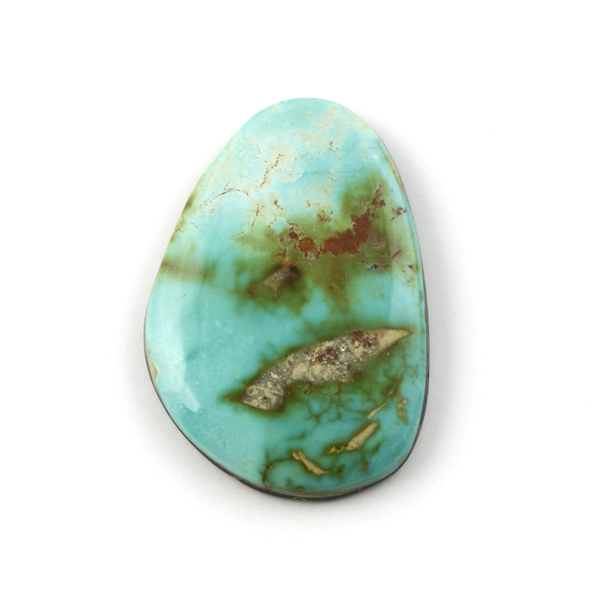
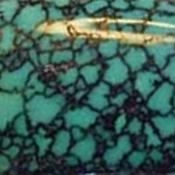
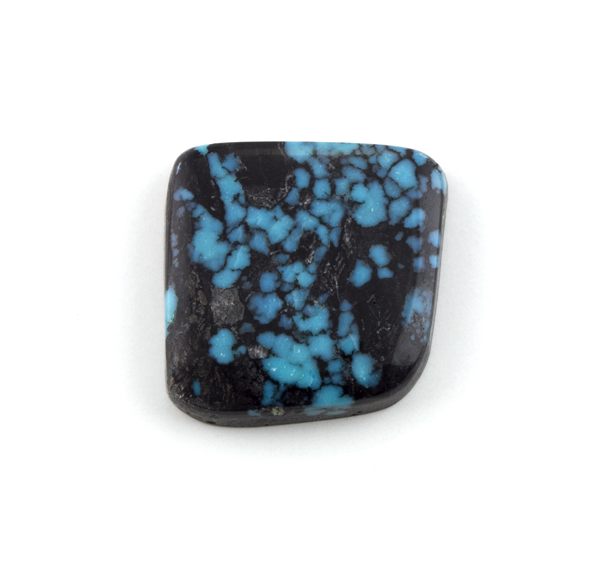
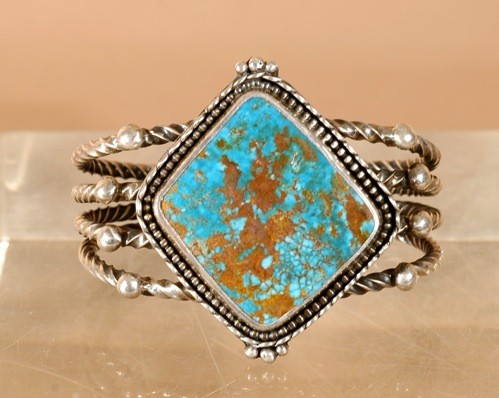
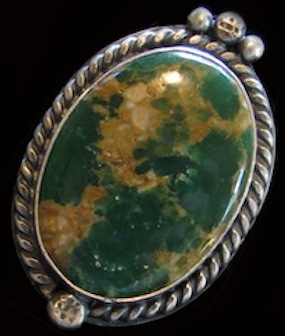
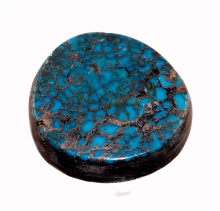
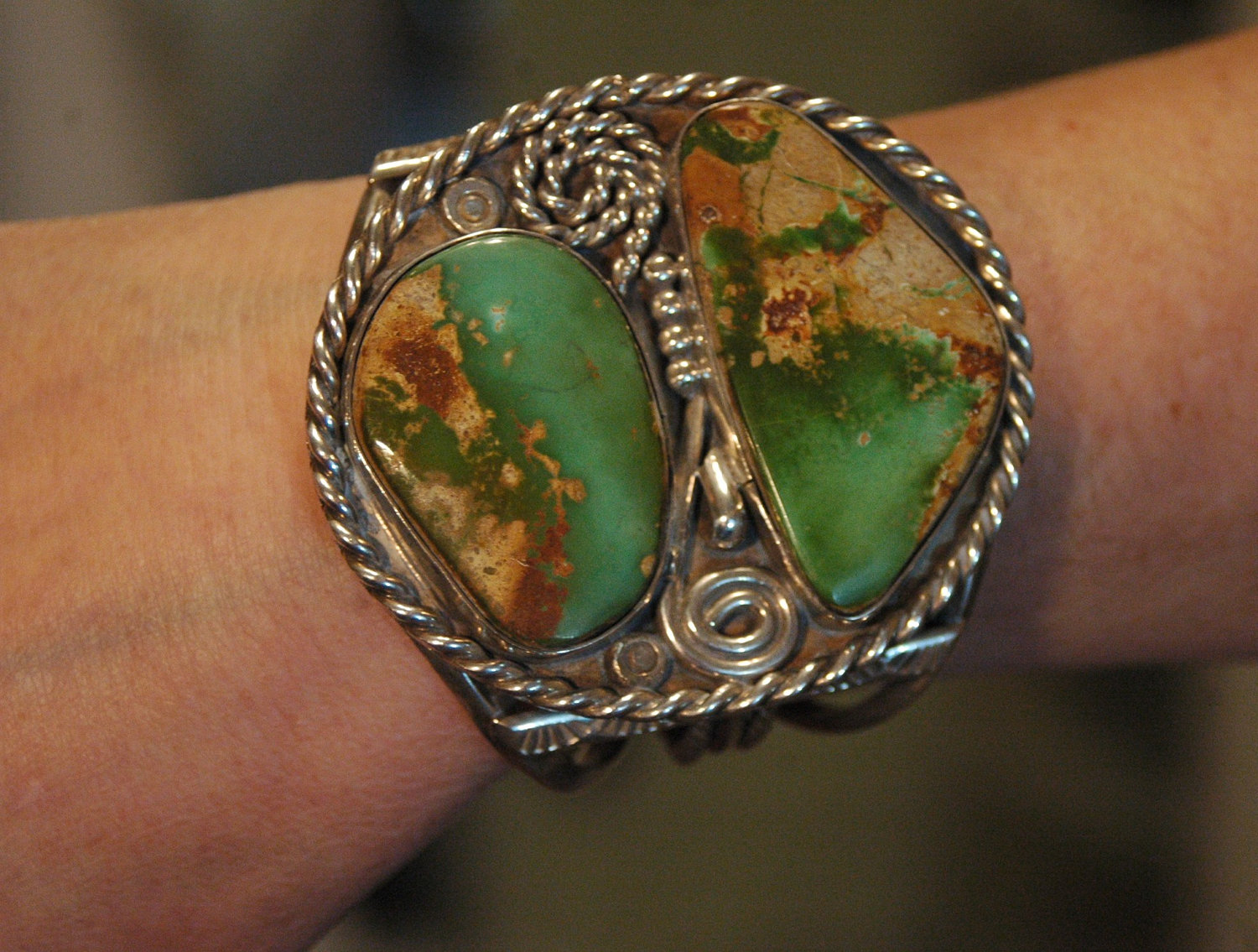
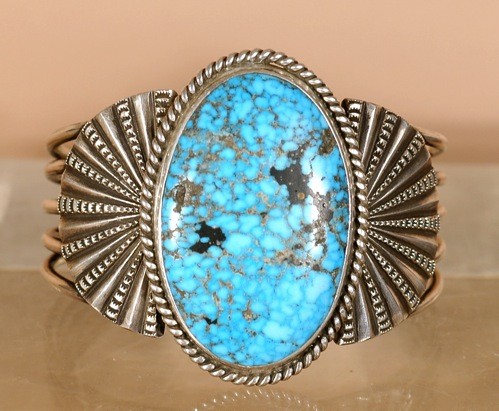
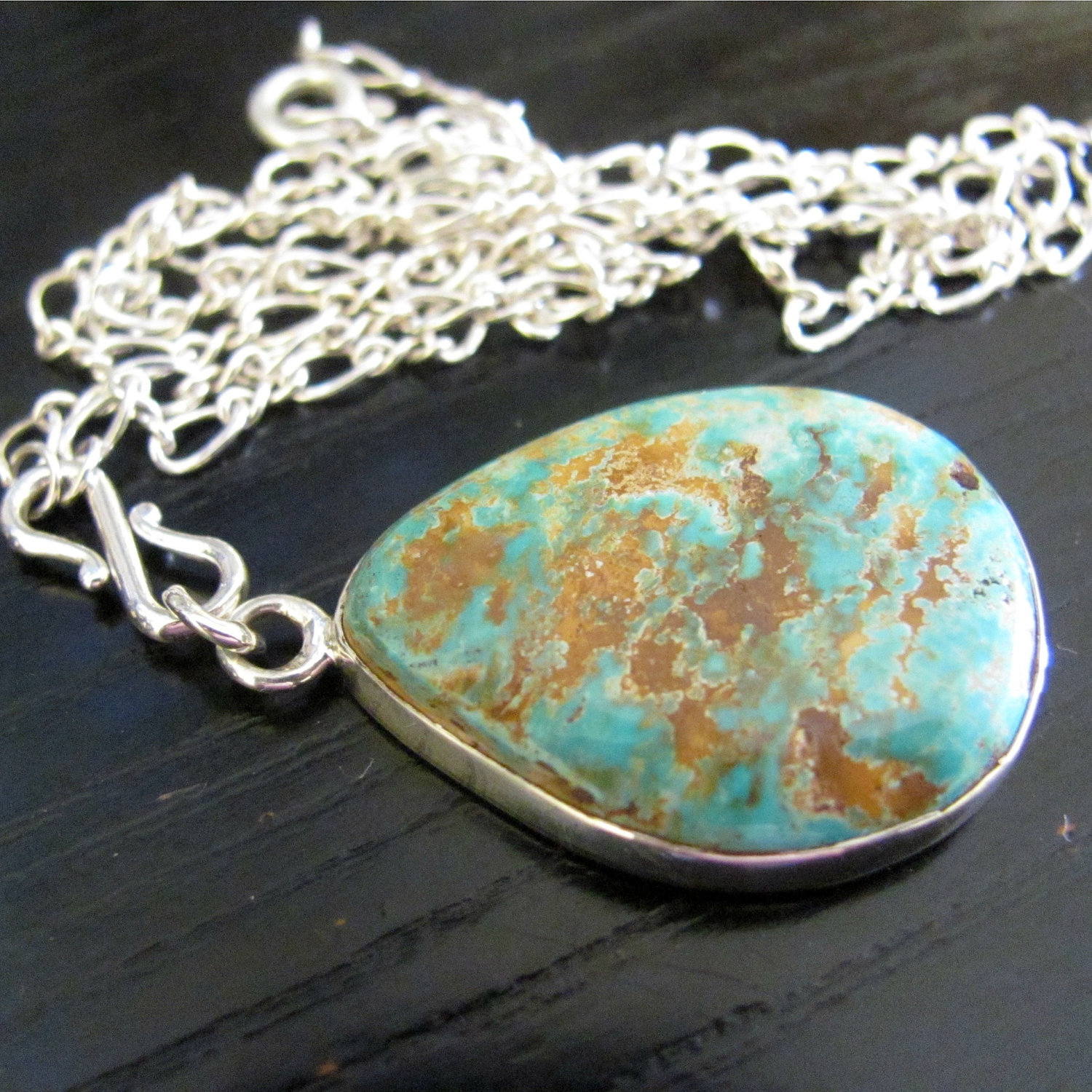
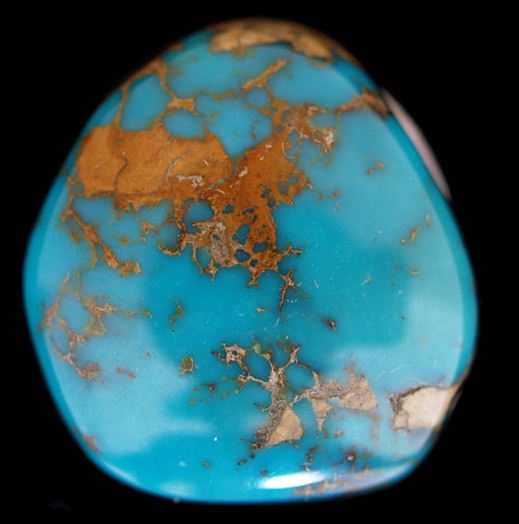
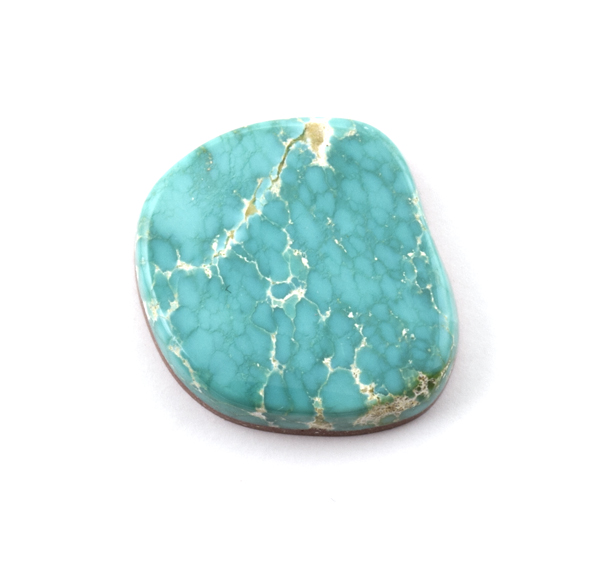
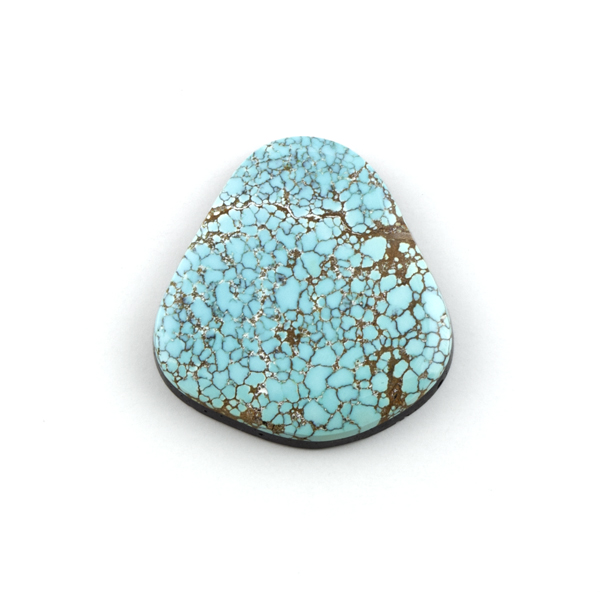
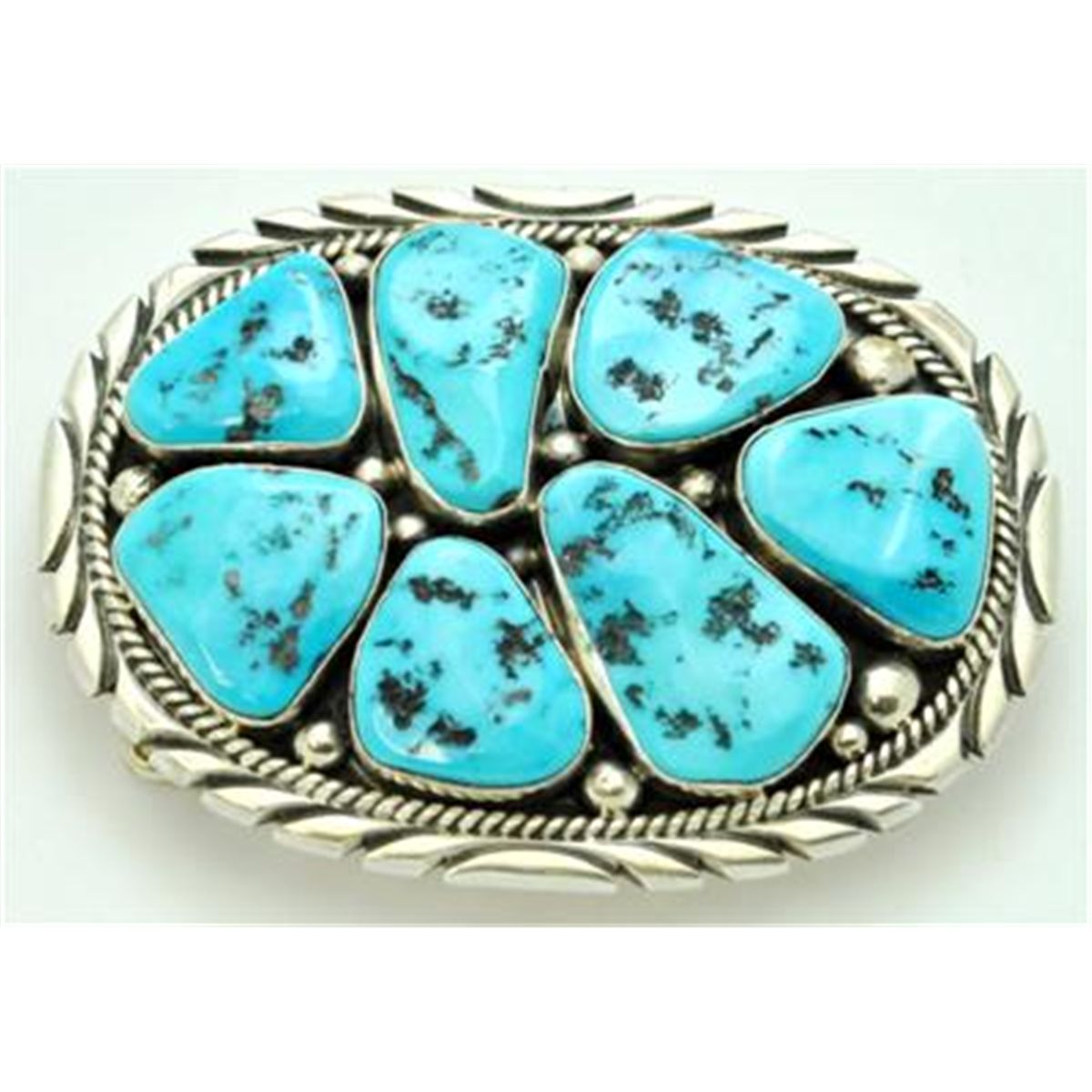
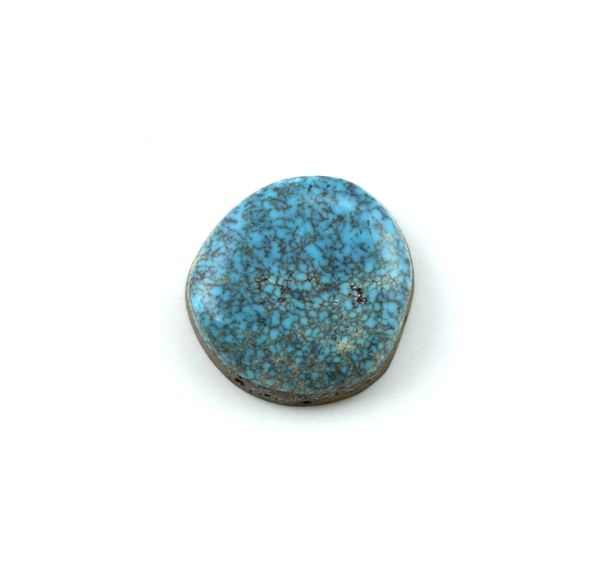
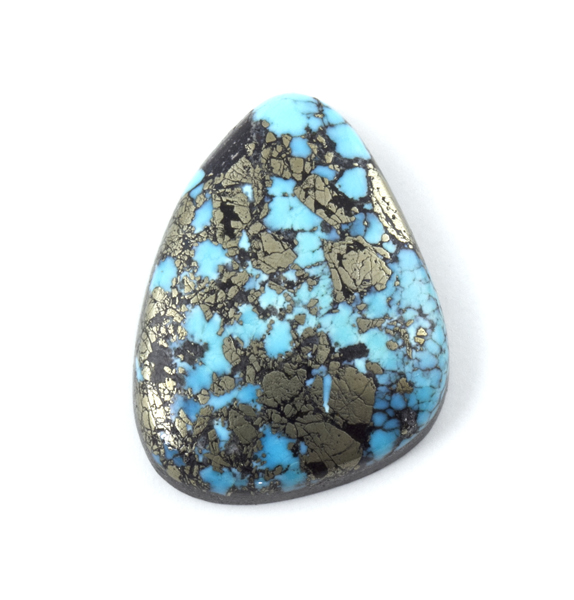
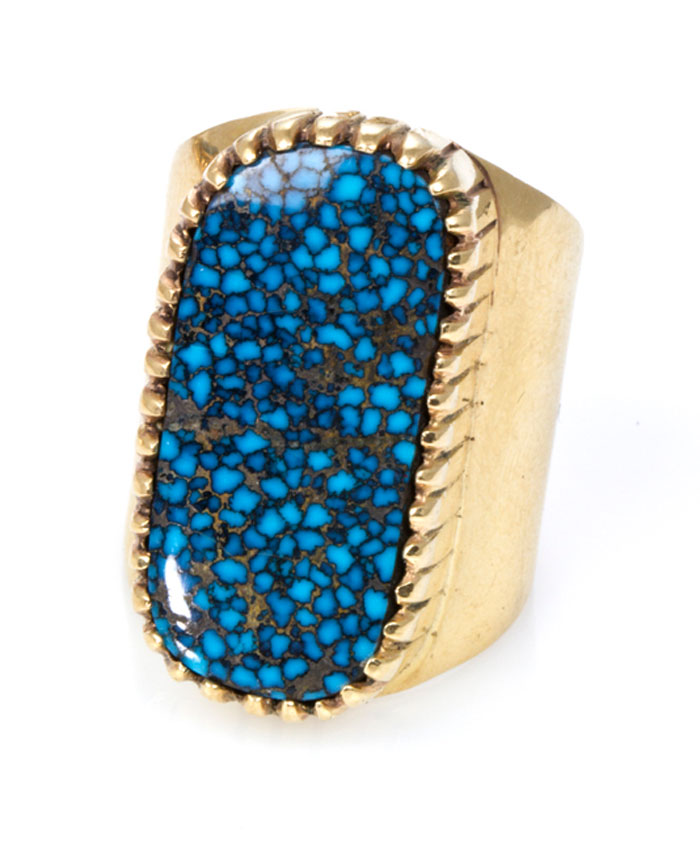
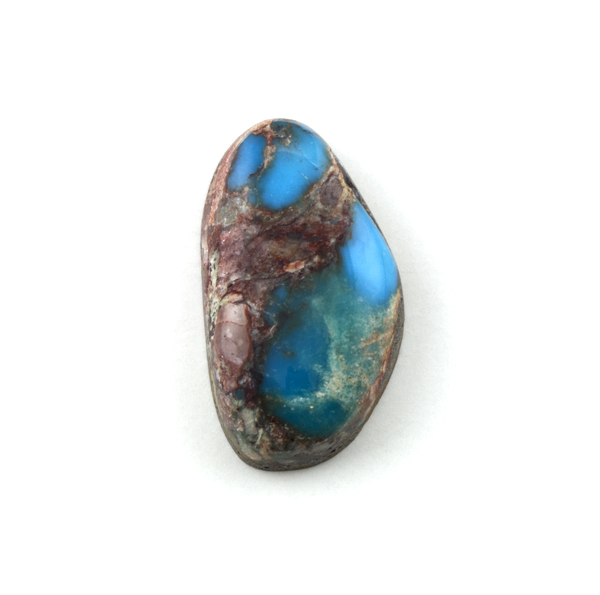
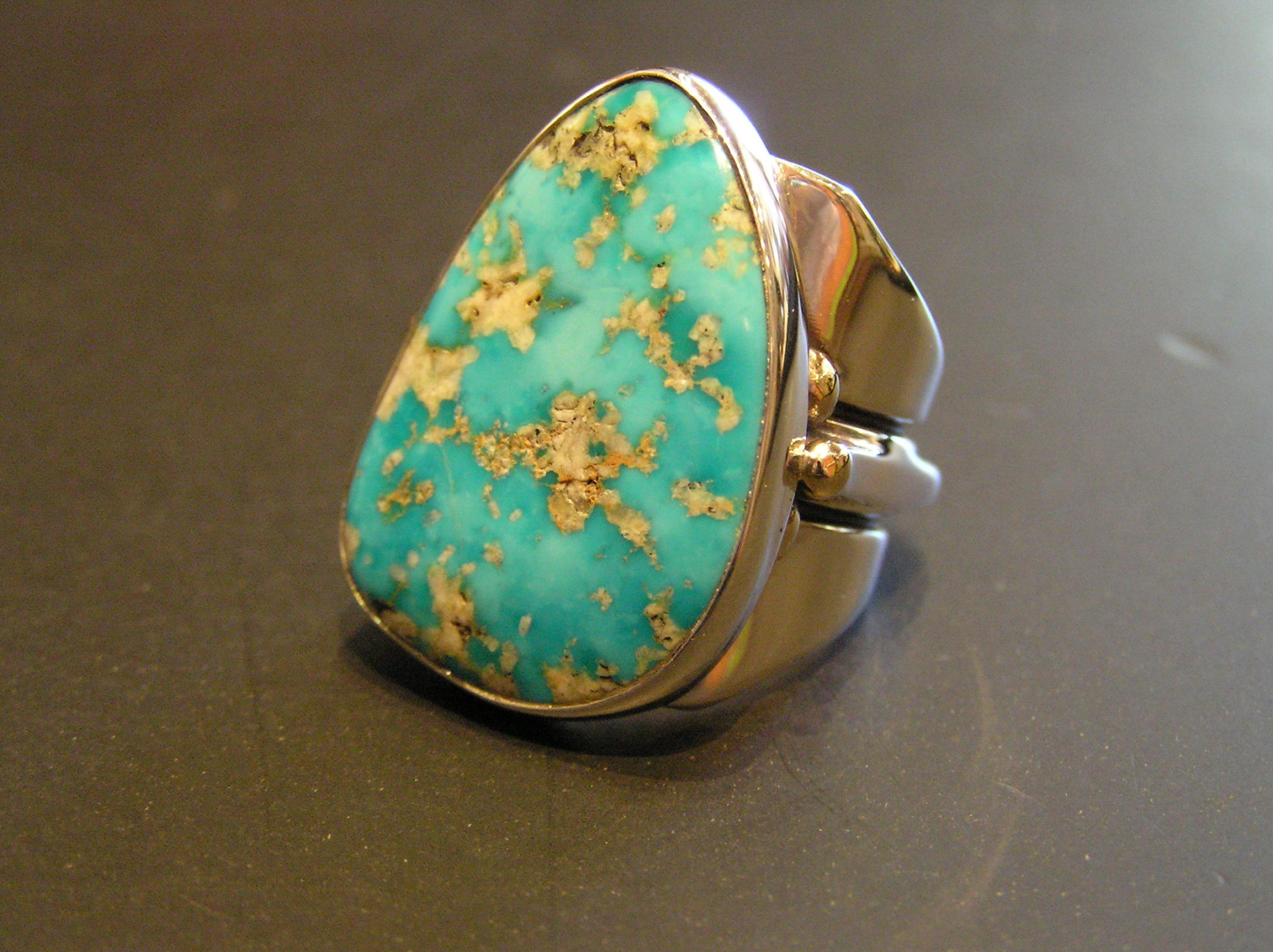
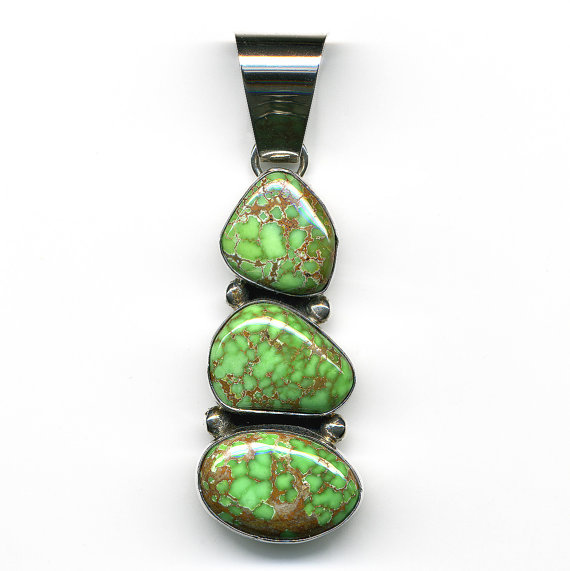
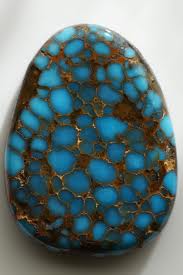
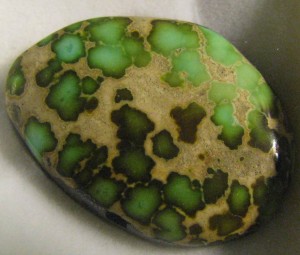
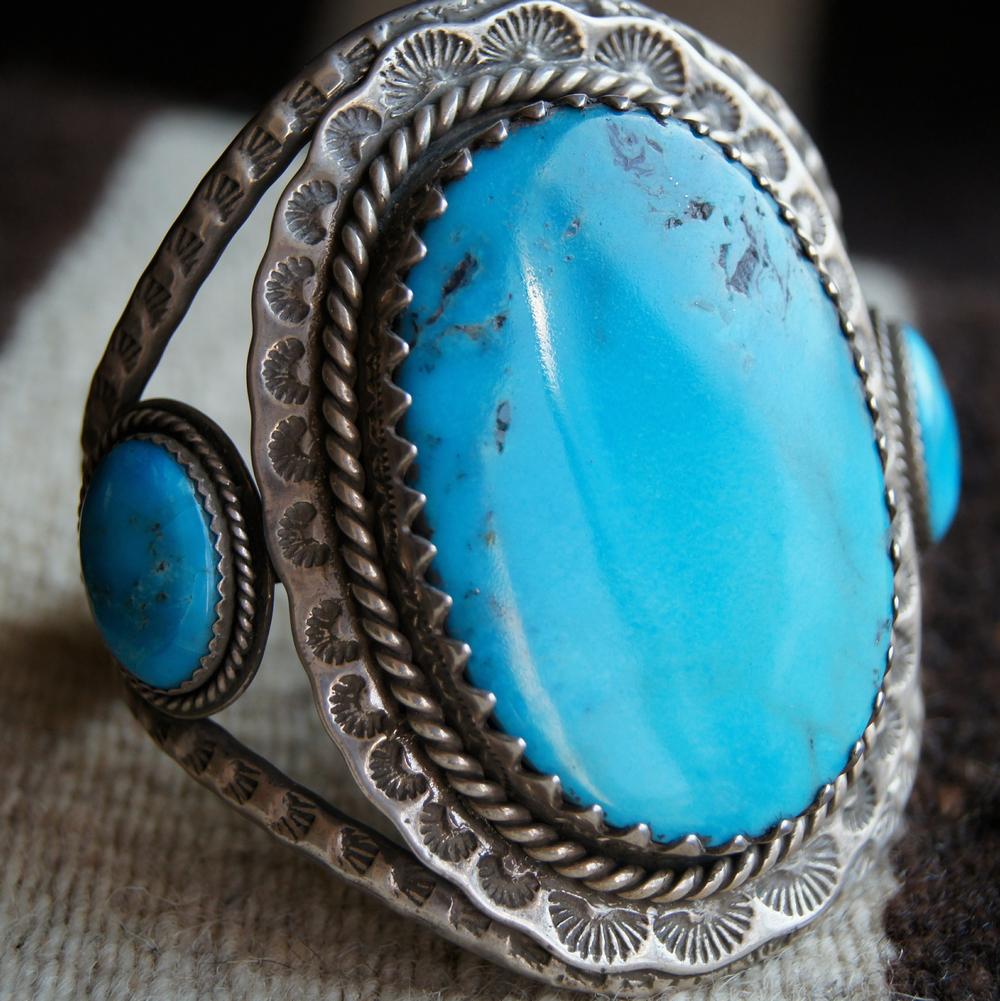
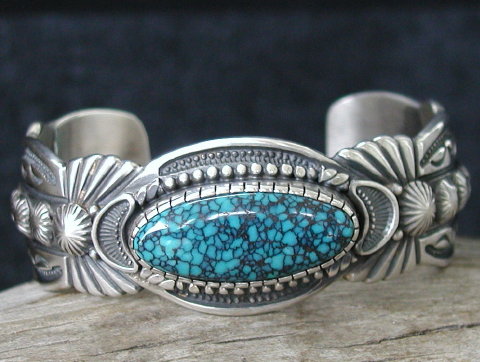
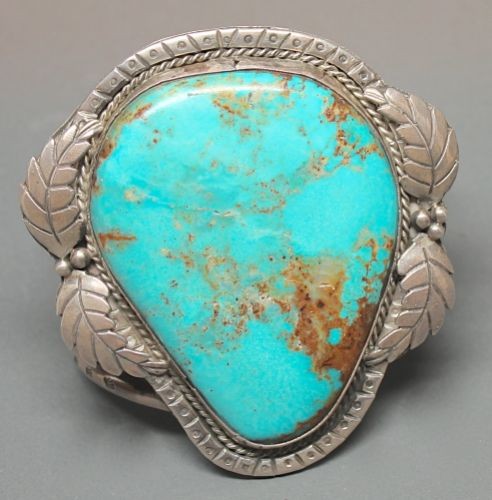

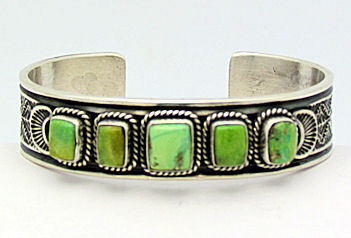
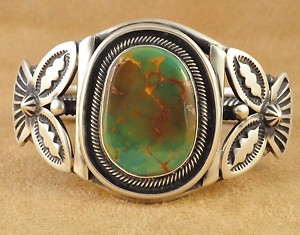
Thank you. Site is exceptionally well done. Beautiful pieces.